An active component of chile pepper, capsaicin temporarily desensitizes pain-prone skin nerve receptors called C-fibers; soreness is diminished for 3 to 5 weeks while they regain sensation.
Nearly 40% of arthritis patients reduced their pain by half after using a topical capsaicin cream for a month, and 60% of neuropathy patients achieved the same after 2 months, according to a University of Oxford study.
Patients at the New England Center for Headache decreased their migraine and cluster headache intensity after applying capsaicin cream inside their nostrils.
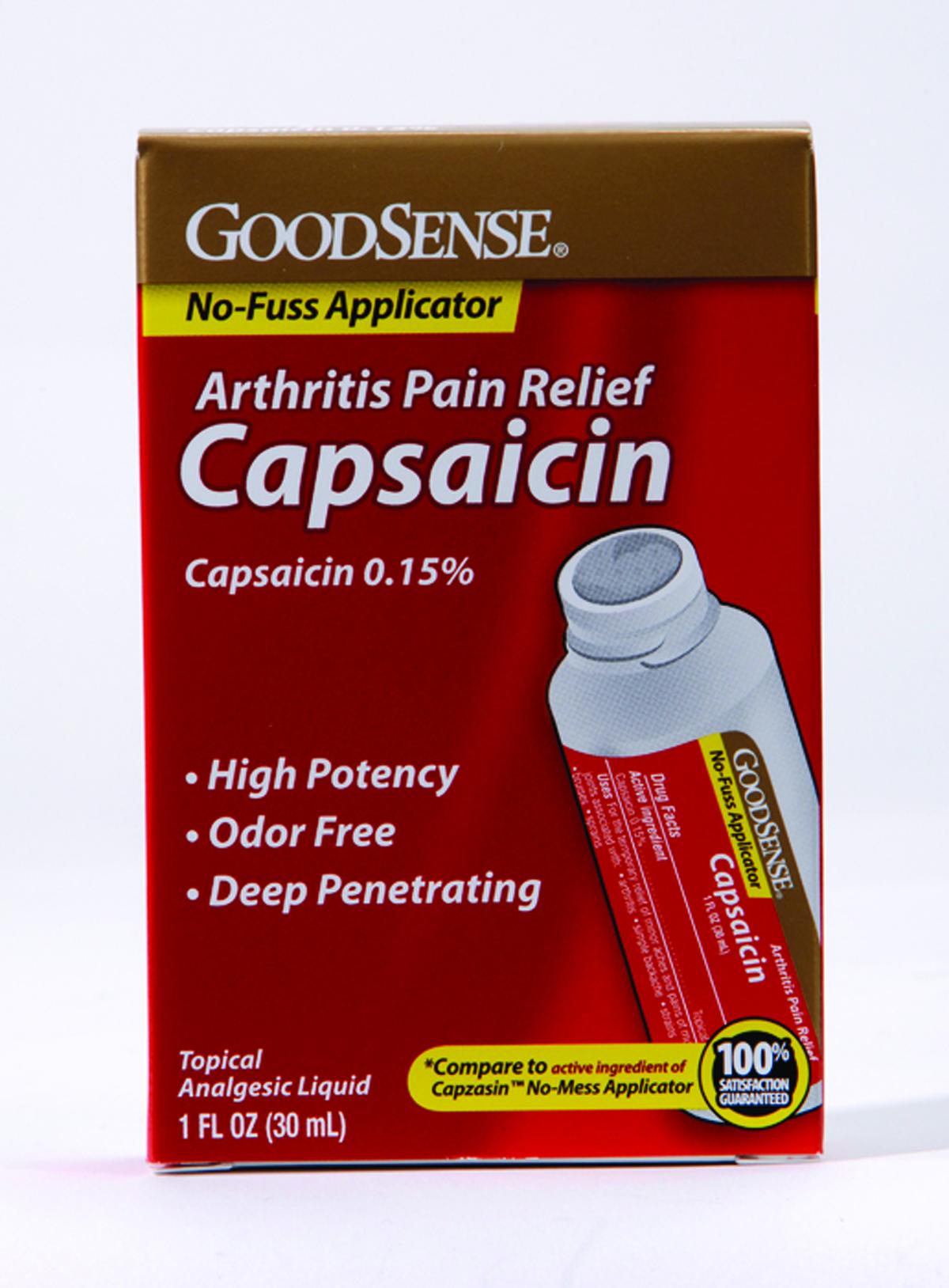
How to try it: Capsaicin ointments and creams are sold in pharmacies and health stores. For arthritis or neuropathy, try 0.025% or 0.075% capsaicin cream one to four times daily; best results can take up to 2 weeks, says Philip Gregory, PharmD, a professor at Creighton University and editor of the Natural Medicines Comprehensive Database.
But research on capsaicin and headaches remains limited–and don’t expect stronger versions anytime soon: “Current formulations are better suited for more acute problems, like a sore muscle or an arthritis flare-up, than everyday pain and stiffness,” Gregory says.
What is capsaicin?
Capsaicin is the ingredient found in different types of hot peppers, such as cayenne peppers, that makes the peppers spicy hot. You can eat it in raw or cooked peppers or as a dried powder, which you can add to food or drinks. It also is available as a dietary supplement and in topical creams that you apply to your skin.
What is capsaicin cream used for?
When a capsaicin cream or ointment is used on the skin (topical use), capsaicin helps relieve pain. Capsaicin works by first stimulating and then decreasing the intensity of pain signals in the body. Although pain may at first increase, it usually decreases after the first use. Capsaicin stimulates the release of a compound believed to be involved in communicating pain between the nerves in the spinal cord and other parts of the body.
When you apply it to the skin, capsaicin may help relieve pain from:
- Pain disorders, including pain after surgery.
- Nervous system problems such as diabetic neuropathy, trigeminal neuralgia, and postherpetic neuralgia (shingles).
- Cluster headaches.
- Joint problems such as osteoarthritis and rheumatoid arthritis.
- Skin conditions such as psoriasis.
- Mouth sores due to chemotherapy or radiation.
- Back pain
- Bursitis
- Fibromyalgia
- Muscle pain
- Nerve Pain
- Osteoarthritis
- Pain due to diabetic neuropathy
- Phantom pain after amputation
- Post-herpetic neuralgia
- Post-surgical neuropathic pain
- Pruritis (itching)
- Rheumatoid arthritis
When it is applied to the skin, capsaicin cream has been found to deplete substance P—a neurochemical that transmits pain—which desensitizes a person to pain.
Capsaicin cream produces a temporary reduction in pain, so it must be used regularly to provide prolonged pain relief.
In general, you use creams containing capsaicin for pain relief. You can put the creams on your skin up to 4 times a day. You may feel a burning or itching sensation the first few times you use the cream, but this will gradually decrease with each use. Wash your hands thoroughly after each use to avoid getting the cream in your eyes or on other moistmucous membranes, where it can cause a burning sensation. Do not use the cream on areas of broken skin.
Before using capsaicin cream:
Some medical conditions may interact with capsaicin cream. Tell your doctor or pharmacist if you have any medical conditions, especially if any of the following apply to you:
- if you are pregnant, planning to become pregnant, or are breast-feeding
- if you are taking any prescription or nonprescription medicine, herbal preparation, or dietary supplement
- if you have allergies to medicines, foods, or other substances
- if you have an open wound or damaged, broken, or irritated skin
Some MEDICINES MAY INTERACT with capsaicin cream. Because little, if any, of capsaicin cream is absorbed into the blood, the risk of it interacting with another medicine is low.
Ask your health care provider if capsaicin cream may interact with other medicines that you take. Check with your health care provider before you start, stop, or change the dose of any medicine.
Is capsaicin safe?
Experts in the United States generally consider capsaicin to be safe. But it can cause some unpleasant effects, especially for those who are not used to it. Be careful when you cook with or eat hot peppers. Begin with small amounts, and increase the amount as you get used to it.
An allergic reaction to capsaicin is possible. If you are just beginning to use capsaicin, either as fresh or prepared food or in powder form, start with small amounts. If you use a topical cream, you should first apply it to a small area of skin to test for an allergic reaction.
Do not take capsaicin if you have high blood pressure or are already being treated for high blood pressure.
To reduce the burning sensation, remove the seeds from the peppers before you eat or cook with them. Also, if you eat bananas along with the peppers, you may reduce the burning sensation.
Extremely high intake of capsaicin may cause ulcers, but it’s rare for anyone to consume enough for this to be a problem.Don’t let capsaicin come into contact with your eyes and other moist mucous membranes. After you touch capsaicin (or hot peppers), use vinegar or soap to wash your hands so you don’t accidentally spread capsaicin to your eyes, nose, or mouth. You can also use disposable gloves to handle hot peppers or to apply capsaicin cream.
Do not apply capsaicin creams to areas of broken skin.
The U.S. Food and Drug Administration (FDA) does not regulate dietary supplements in the same way it regulates medicines. A dietary supplement can be sold with limited or no research on how well it works.
Always tell your doctor if you are using a dietary supplement or if you are thinking about combining a dietary supplement with your conventional medical treatment. It may not be safe to forgo your conventional medical treatment and rely only on a dietary supplement. This is especially important for women who are pregnant or breast-feeding.
When using dietary supplements, keep in mind the following:
Like conventional medicines, dietary supplements may cause side effects, trigger allergic reactions, or interact with prescription and nonprescription medicines or other supplements you might be taking. A side effect or interaction with another medicine or supplement may make other health conditions worse.
The way dietary supplements are manufactured may not be standardized. Because of this, how well they work or any side effects they cause may differ among brands or even within different lots of the same brand. The form of supplement that you buy in health food or grocery stores may not be the same as the form used in research. Other than for vitamins and minerals, the long-term effects of most dietary supplements are not known.
How to use capsaicin cream:
Use capsaicin cream as directed by your doctor. Check the label on the medicine for exact dosing instructions.
- An extra patient leaflet is available with capsaicin cream. Talk to your pharmacist if you have questions about this information.
- Apply just enough medicine to cover the affected area. Gently massage the medicine into skin until it disappears.
- Wash your hands with soap and water immediately after using capsaicin cream unless your hands are part of the treated area.
- If you are using capsaicin cream on your hands, allow 30 minutes for the medicine to absorb before washing. During this time, avoid touching damaged or irritated skin, contact lenses, or your eyes, nose, mouth, or other mucous membranes. Wash hands after 30 minutes.
- Do not apply to wounds or damaged, broken (open), or irritated skin.
- Do not bandage or wrap the affected area.
- Do not use capsaicin cream with a heating pad.
- Do not expose the treated area to heat or direct sunlight. Warm or hot water
 or sunlight may increase the likelihood of burning or itching. Do not use capsaicin cream immediately after bathing, swimming
or sunlight may increase the likelihood of burning or itching. Do not use capsaicin cream immediately after bathing, swimming , using a hot tub, sunbathing, or exposure to heat.
, using a hot tub, sunbathing, or exposure to heat. - If you miss a dose of capsaicin cream, use it as soon as you remember. Continue to use it as directed by your doctor or on the package label.
Ask your health care provider any questions you may have about how to use capsaicin cream.
Important safety information:
- For external use only. Avoid contact with the eyes, nose, and mouth. If capsaicin cream gets into your eyes, rinse immediately with cool water.
- Do not use more than the recommended dose, use for longer than prescribed, or use large amounts of capsaicin cream without checking with your doctor.
- Do not inhale any residue from capsaicin cream after it has dried. Coughing, sneezing, or throat or respiratory irritation may occur.
- Capsaicin cream may be harmful if swallowed. If you may have taken capsaicin cream by mouth, contact your local poison control center or emergency room immediately.
- If condition worsens, or if symptoms persists for more than 7 days or clear up and occur again within a few days, stop use of this product and contact your health care provider.
- If redness is present or if irritation develops, check with your doctor before using any more of capsaicin cream.
- If severe burning or itching occurs, remove product by thoroughly washing the area with soap and cold water.
- Capsaicin cream should not be used in CHILDREN younger than 18 years old without checking with the child’s doctor; safety and effectiveness in these children have not been confirmed.
- PREGNANCY and BREAST-FEEDING: If you become pregnant, contact your doctor. You will need to discuss the benefits and risks of using capsaicin cream while you are pregnant. It is not known if this medicine is found in breast milk. If you are or will be breast-feeding while you use capsaicin cream, check with your doctor. Discuss any possible risks to your baby.
Capsaicin cream is made from the pepper plant (capsicum) and is an effective and very well-tolerated painkiller. You’ll need to apply it three times each day for it to be effective. It’s particularly useful for knee and hand osteoarthritis. Most people feel a warming or burning sensation when they first use capsaicin, but this generally wears off after several days. The pain-relieving effect starts after several days of regular use. You should try it for at least two weeks before deciding if it has helped.
Capsaicin is Also known as: Analgesic Balm with Capsaicin, Axsain, Capsicum Oleoresin, Capsin, Capzasin, CapzasinBack and Body, Capzasin-HP, Capzasin-HP Arthritis Formula, Capzasin-P, Castiva Warming, Dolorac, Drs Cream, GNP Capsaicin, Icy Hot PM Patch, Menthac Arthritis Cream with Capsaicin, No Pain-HP, Pain Doctor, Pain-X, Qutenza, R-Gel, RT Capsin, Salonpas Gel-Patch, Salonpas Pain Patch with Capsaicin, Sloan’s Liniment, Trixaicin, Trixaicin HP, Zostrix, Zostrix Diabetic Foot Pain, Zostrix Foot Pain, Zostrix Neuropathy, Zostrix Sports, Zostrix-HP
You should check with your doctor immediately if any of these Capsaicin side effects occur when taking capsaicin topical:
More common – all forms
- Burning, itching, dryness, pain, redness, swelling, or soreness at the application site
Less common – all forms
- Cough
- cough-producing mucus
- difficulty with breathing
- shortness of breath or troubled breathing
- sore throat
- stuffy or runny nose
- tightness in the chest or wheezing
Less common – patch only
- Blurred vision
- dizziness
- headache
- nervousness
- pounding in the ears
- slow or fast heartbeat
Incidence not known – patch only
- Bloating or swelling of the face, arms, hands, lower legs, or feet
- increased sensitivity to pain
- increased sensitivity to touch
- rapid weight gain
- tingling in the hands and feet
- unsteadiness or awkwardness
- unusual weight gain or loss
- weakness in the arms, hands, legs, or feet
Some of the side effects that can occur with capsaicin topical may not need medical attention. As your body adjusts to the medicine during treatment these side effects may go away. Your health care professional may also be able to tell you about ways to reduce or prevent some of these side effects. If any of the following side effects continue, are bothersome or if you have any questions about them, check with your health care professional:
Less common – patch only
- Fever
- muscle aches
- nausea
- pain or tenderness around the eyes and cheekbones
- unusual tiredness or weakness
- vomiting
Incidence not known – patch only
- Abnormal skin color
- change in taste
- loss of taste
Pain Medications, Pain Relief, and Pain Management
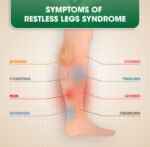
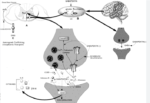

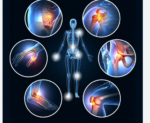
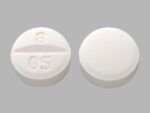


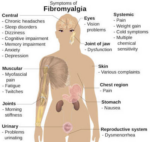
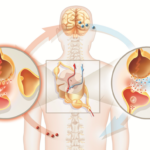
ASFAN @NervylisaAsfan I use capsaicin roll-on 4 my car ax pains & Arthritis; But sadly, capsaicin hasn’t helped w/family’s Shingles or neuropathy
For Pain: “I have bad sciatica. Lying in bed was the worst and ive tried every thing. Found this amazing capsisin and havent looked back. At first i was putting on a fair bit and the burning was unbearable but found that sweating interacts so now i put a tiny bit on and now i have movement”
For Pain: “Yes, it burns, even worse after putting it on at night then waking up and taking a shower in the morning. The water hitting it, OH MY! I used capsaicin patches for nerve damage pain in my rib after a car accident. It worked, the more you use it the more effective it was. I am now using it on my neck (cream) my PCP told me it is one of those medications that the more you use it the more benefit you will get….and the less the burn. I am hoping the cream works as well on my neck as the patches did for my rib.”
For Osteoarthritis: “Used it last night for knee pain and it started burning so bad it felt like my skin was melting off! I would rather deal with the knee pain than ever use this stuff again!”